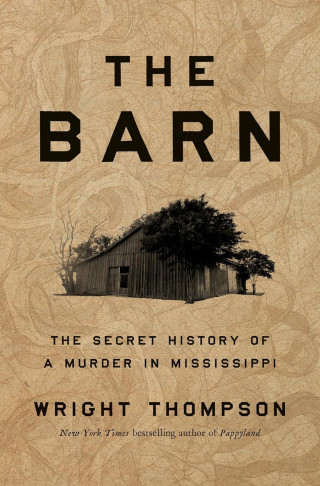I held it in my hand. The ink on Santa Cruz’s map is now the color of copper. The white space covering most of the bottom third of the page is the Gulf of Mexico; Florida is labeled and recognizable on the far right. Santa Cruz drew little circles just south of what is now Miami. The Florida Keys. He drew three small circles just to the west and called them the Tortugas. Moving up the west coast of Florida, he marked a large bay with islands, then two rivers, then another bay. As the coastline turned west and flattened into the panhandle, he drew a big, cloud-shaped body of water fed by a river. That’s Mobile Bay, Alabama. He drew many rivers that he’d apparently heard about but that didn’t exist. The sixth river, moving east to west starting from the southern tip of Florida, was named Flores, and the seventh was named Los Angeles. The ninth river, however, did exist. This was the Río del Espíritu Santo—the river, nearly every scholar agrees, that local tribes called the Mississippi.
Santa Cruz’s map shows an oval expanse, covering the whole Mississippi Delta and stretching north to include the future city of Memphis—the land where the barn would one day exist. Santa Cruz marked some scattered Native settlements, but mostly he left empty space. The whole future sat there, unwritten yet ordained, on the page. The map signaled the birth of the Age of Exploration, of extraction, of colonies pumping raw materials into swelling empires. It foreshadowed the violence that protected the profit margins, even if the people getting really rich never had to raise a finger against another man. Enslavement, sharecropping, the rise of cotton, and the physical and economic coercion that fueled the whole global system—this map made that future possible. The starting gun for all the ships headed across the ocean to remake a world.
A security guard walked over to look at the old map.
“Florida,” he said with a point and a smile.
The map had been repaired carefully along its central fold. There’s a water stain in the gulf and an ink stain in southern Louisiana. It’s beautiful with its delicate copper lines.
I just sat for a long time and stared. Everything that would happen in or near that oval was set in motion when it appeared empty on a map: the lynching of Emmett Till, the murder of three civil-rights workers in 1964, the assassination of Martin Luther King Jr. in 1968. The dominant urge of the Industrial Revolution was to fill every space on every map with people who could extract resources and multiply wealth.
